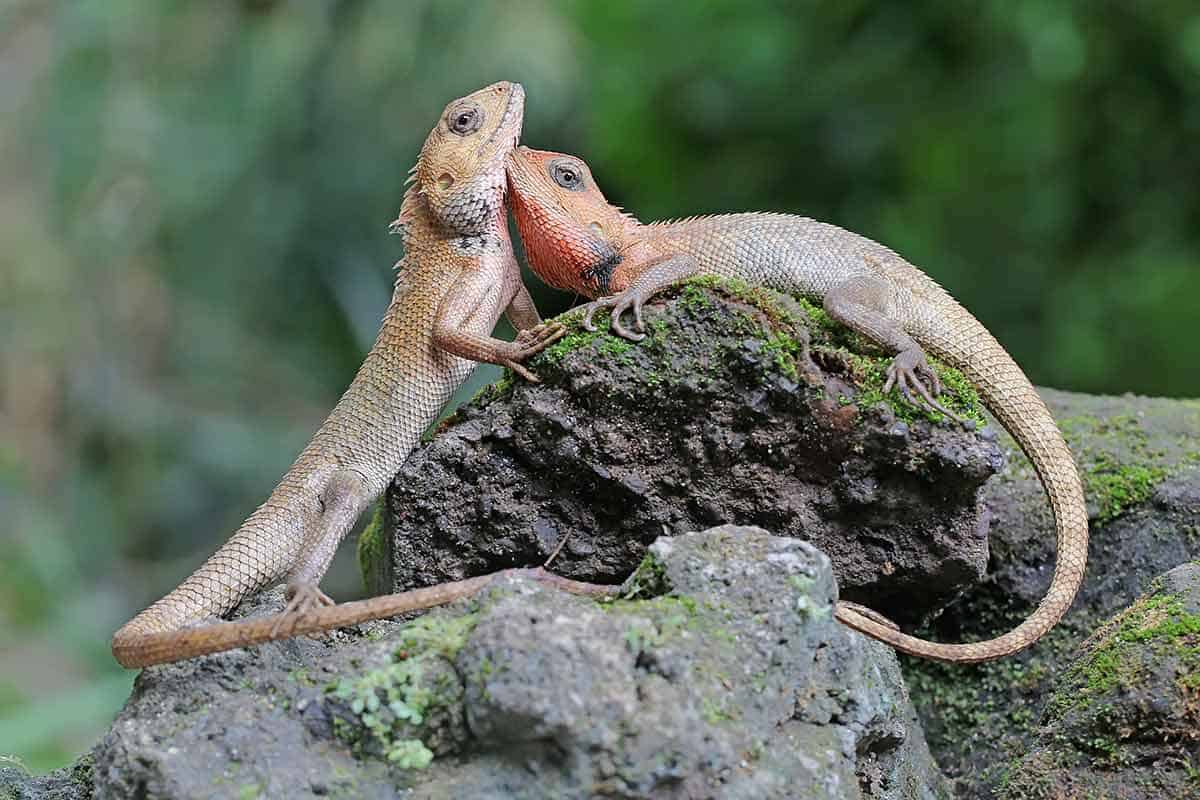

Articles
What Does Garden Lizards Eat
Modified: May 6, 2024
Discover what garden lizards eat and how to incorporate their diet into your gardening routine. Explore the fascinating world of gardening and reptile nutrition today!
(Many of the links in this article redirect to a specific reviewed product. Your purchase of these products through affiliate links helps to generate commission for Storables.com, at no extra cost. Learn more)
Introduction
Garden lizards, also known as garden geckos or green anoles, are fascinating creatures that can be found in many residential gardens. These reptiles are known for their ability to adapt to a variety of habitats, including urban areas, where they play a crucial role in controlling insect populations. If you’re a garden enthusiast or simply curious about these small reptiles, one important aspect to understand is their dietary habits.
The diet of garden lizards is diverse and includes a wide range of food items. From insects to small invertebrates and even fruits and vegetables, these lizards exhibit an impressive ability to take advantage of available food sources. By understanding what garden lizards eat, gardeners can better appreciate their role in natural pest control and optimize their garden to provide a favorable habitat for these fascinating creatures.
In this article, we will delve into the dietary preferences of garden lizards and explore the various types of food they consume. We will also discuss their feeding habits, hunting techniques, and factors that may influence their food choices.
Key Takeaways:
- Garden lizards have a diverse diet, including insects, small invertebrates, and occasional fruits and vegetables. Understanding their dietary habits can help create a balanced ecosystem in your garden.
- By appreciating the hunting techniques and factors influencing food choices of garden lizards, gardeners can create an environment that supports these fascinating creatures while maintaining the health of their garden.
Read more: What Does Sea Grass Eat
Diet of Garden Lizards
The diet of garden lizards is primarily carnivorous, meaning they primarily consume meat as their main food source. However, they can also supplement their diet with certain plant matter. These lizards have a high metabolism and require a regular intake of food to sustain their energy levels and overall health.
Garden lizards are opportunistic feeders, meaning they will eat whatever food is readily available to them in their environment. They have a keen eye for movement and are quick to spot potential prey. Their diet is predominantly composed of insects and small invertebrates, but they are also known to consume fruits and vegetables on occasion.
It is important to note that the diet of garden lizards may vary depending on their geographic location and the availability of different food sources. In some regions, they may have a more abundant supply of certain types of insects or vegetation, which can influence their food preferences.
Next, let’s explore the different types of food that garden lizards commonly consume.
Types of Food Consumed
Garden lizards have a versatile palate and consume a wide range of food items to meet their nutritional needs. Here are the main types of food that garden lizards commonly consume:
- Insects: Insects form the cornerstone of a garden lizard’s diet. They are highly skilled hunters and feed on a variety of insects such as ants, crickets, beetles, grasshoppers, and spiders. The high protein content in insects provides garden lizards with the necessary energy for their active lifestyle.
- Small Invertebrates: Apart from insects, garden lizards also prey on small invertebrates like worms, snails, and slugs. These creatures are often found in damp and moist areas, making them an easy target for lizards to capture and consume.
- Fruits and Vegetables: While garden lizards are primarily carnivorous, they sometimes supplement their diet with fruits and vegetables. Ripe fruits, such as berries and melons, can be a refreshing treat for these lizards. They may also nibble on tender leaves or small portions of vegetables if available, although this is not a significant portion of their diet.
It is interesting to note that the types of food consumed by garden lizards can vary based on their age and size. Juvenile lizards, for example, may consume smaller insects and invertebrates compared to adult lizards that can handle larger prey.
Now that we have explored the types of food consumed by garden lizards, let’s delve into their feeding habits and techniques.
Insects
Insects are a vital part of a garden lizard’s diet. These small reptiles have a voracious appetite for insects and are highly skilled hunters. Garden lizards rely on their excellent vision and agility to locate and capture their prey.
Some of the insects commonly consumed by garden lizards include ants, crickets, beetles, grasshoppers, and spiders. These creatures provide garden lizards with essential nutrients, particularly protein, which is crucial for their growth and development.
Garden lizards have keen eyesight, allowing them to spot the slightest movement of insects in their vicinity. Once a potential prey is detected, the lizard will stalk its prey and then make a quick and accurate strike. They are agile climbers and can chase insects both on the ground and on plant foliage.
When it comes to larger insects like grasshoppers or beetles, garden lizards may use their powerful jaws to grasp and immobilize their prey. They will then proceed to consume the insect whole or tear it apart into smaller, more manageable pieces.
In addition to providing nutrition, feeding on insects serves another important purpose for garden lizards – pest control. These reptiles are nature’s own exterminators, helping to keep populations of harmful insects in check. By consuming pests that can damage garden plants, garden lizards play a crucial role in maintaining a healthy ecosystem.
It’s important to create a garden environment that attracts insects to ensure a steady food supply for garden lizards. This can be achieved by planting a diverse range of flowering plants that attract pollinators and insects. Providing areas with dense vegetation and suitable hiding spots will also encourage insects to thrive in your garden, ultimately attracting garden lizards.
Overall, insects play a vital role in the diet of garden lizards, providing them both with essential nutrients and fulfilling their natural instinct as skilled predators. Understanding the importance of insects and their role in a garden lizard’s diet can help gardeners appreciate these fascinating reptiles even more.
Small Invertebrates
In addition to insects, garden lizards also regularly consume small invertebrates as part of their diet. Small invertebrates such as worms, snails, and slugs provide garden lizards with an additional source of nutrition.
Worms are a common prey item for garden lizards. They are often found in moist soil and are easy targets for these agile reptiles. Garden lizards use their keen sense of smell to locate worms in the ground and then dig them out using their sharp claws. Once captured, the lizards may swallow the worms whole or tear them apart into smaller pieces.
Snails and slugs are another delicacy for garden lizards. These slimy creatures are often found in damp and shady areas, making them an ideal food source for lizards. Garden lizards can use their impressive dexterity to catch and consume snails and slugs. They may employ their sharp teeth to break through their tough shells before enjoying the soft flesh inside.
Feeding on small invertebrates not only provides garden lizards with essential nutrients but also helps in pest control. Snails and slugs, in particular, can be detrimental to garden plants. By consuming these garden pests, lizards contribute to a balanced ecosystem and help maintain the health of the garden.
As a gardener, you can create a favorable environment for garden lizards and their prey by providing suitable hiding places such as rock piles, fallen logs, or dense vegetation where small invertebrates like snails and slugs tend to reside. Maintaining a moist and well-drained soil also encourages the presence of worms, which are a valuable food source for garden lizards.
By understanding the significance of small invertebrates in a garden lizard’s diet, you can appreciate the role these creatures play in the overall ecosystem of your garden. Their presence not only contributes to the biodiversity of your outdoor space but also assists in maintaining a natural balance.
Garden lizards eat a variety of insects such as crickets, grasshoppers, and spiders. They also consume small vertebrates like snails and small rodents. Providing a diverse diet will help keep them healthy.
Read more: What Does A Grass Snake Eat
Fruits and Vegetables
While garden lizards are primarily carnivorous, they occasionally consume fruits and vegetables as part of their diet. Although this portion of their diet is relatively small compared to their consumption of insects and small invertebrates, it is still interesting to explore their behavior when it comes to plant matter.
Garden lizards may nibble on ripe fruits found in their surroundings, such as berries or melons. The natural sweetness and juiciness of these fruits provide a refreshing treat for the lizards. However, it’s important to note that fruits form a minor part of their diet and are often consumed opportunistically when available nearby.
In addition to fruits, garden lizards may also feed on tender leaves and small portions of vegetables if accessible. This behavior is more commonly observed when suitable plant matter is limited, or during periods of environmental stress when food sources may become scarce.
The inclusion of fruits and vegetables in a garden lizard’s diet may not be as nutritionally significant as their consumption of insects and small invertebrates. However, it’s worth noting that these lizards have the ability to adapt their diet when necessary and make use of available food sources to sustain themselves.
As a gardener, you can create a garden environment that provides some fruits and vegetables as supplementary food for these lizards. Planting fruit-bearing trees or shrubs, along with a variety of edible leafy greens, can attract garden lizards and provide them with an occasional snack.
While fruits and vegetables are not the primary focus of a garden lizard’s diet, their occasional consumption by these fascinating creatures highlights their adaptability and ability to find food sources in their environment. This flexibility in their diet showcases the resourcefulness of garden lizards and their ability to sustain themselves in various conditions.
Feeding Habits
Garden lizards have fascinating feeding habits that showcase their agility, adaptability, and efficient hunting techniques. Understanding their feeding habits can provide insights into their behavior and help us appreciate their role in the ecosystem.
Garden lizards are opportunistic feeders, meaning they will consume whatever food is readily available to them in their environment. They have a keen eye for movement and can quickly spot potential prey. Their feeding habits are largely influenced by the abundance and accessibility of food sources in their habitat.
These lizards are diurnal, which means they are primarily active during the day. They are quick and agile climbers, allowing them to explore various heights and surfaces in search of food. Whether it’s on the ground, in shrubs, or on tree branches, garden lizards can navigate their surroundings with ease.
When it comes to hunting, garden lizards employ a sit-and-wait strategy. They often perch on plants or other surfaces, patiently observing their surroundings for any signs of movement. Once they spot their prey, they will quickly launch into action, using their remarkable speed and sharp reflexes to capture it.
Depending on the size of the prey, garden lizards may use different hunting techniques. For smaller insects, they can strike with lightning speed, using their tongue to snatch the prey and bring it into their mouth. When faced with larger prey, such as grasshoppers or beetles, they may use their jaws to grasp and subdue their meal before consuming it.
Garden lizards have specialized jaw muscles that allow them to deliver a strong bite, which is essential for capturing and consuming their prey. After catching their food, they often consume it whole or tear it into smaller, more manageable pieces before swallowing.
In addition to hunting, garden lizards also engage in basking behavior. Basking helps regulate their body temperature and aids in digestion. After a successful hunt, these reptiles may seek a sunny spot to bask in the warmth, facilitating the digestion process so that they can efficiently extract the nutrients from their meal.
The feeding habits of garden lizards are influenced by various factors, including food availability, environmental conditions, and their own instincts. By understanding these habits, we can create a garden environment that attracts and supports these fascinating creatures, contributing to their overall well-being and the balance of the ecosystem.
Hunting Techniques
Garden lizards are skilled hunters, employing various techniques to capture their prey. Their hunting strategies are finely tuned to optimize their chances of securing a meal. Let’s explore some of the hunting techniques employed by these fascinating reptiles.
1. Stalking: Garden lizards are adept at stalking their prey. They use their excellent eyesight and camouflage to blend into their surroundings, patiently waiting for an opportunity to strike. By remaining motionless and blending in with the foliage or other surfaces, they can surprise their prey with a sudden attack.
2. Ambush: In certain situations, garden lizards may utilize ambush tactics. They may position themselves in strategic locations where prey is likely to pass by, such as near plants or in areas frequented by insects. When the moment is right, these lizards will pounce upon their unsuspecting prey, using their quick reflexes and agility to secure a successful catch.
3. Tongue Projecting: One of the most impressive hunting techniques employed by garden lizards is their ability to project their tongues. Their tongues are retractable and can be rapidly extended up to twice their body length. This skill allows them to snatch insects or other small prey from a distance with remarkable accuracy and speed.
4. Pursuit: In situations where their prey is in motion, such as flying insects or jumping grasshoppers, garden lizards may engage in pursuit hunting. They will energetically chase after their prey, using their agility to navigate through vegetation or across various surfaces in their quest to capture their target.
5. Bite and Subdue: When confronted with larger prey, garden lizards may resort to biting and subduing their catch. Their powerful jaws and sharp teeth enable them to grasp their prey firmly, preventing it from escaping. By delivering a strong bite, they can immobilize their prey, making it easier to consume.
Each of these hunting techniques showcases the adaptability and resourcefulness of garden lizards. Their ability to employ different strategies depending on the circumstances demonstrates their intelligence and evolutionary adaptations as successful predators.
Understanding the hunting techniques of garden lizards can deepen our appreciation for their role in maintaining a balanced ecosystem. By preying on insects and other small creatures, these lizards contribute to natural pest control and help maintain the overall health of their habitats.
Factors Affecting Food Choices
Several factors influence the food choices of garden lizards, shaping their dietary preferences and the types of prey they consume. Understanding these factors can provide insights into the feeding habits of these reptiles and the dynamics of their ecosystem. Let’s explore some of the main factors that influence the food choices of garden lizards.
1. Availability of Food: The availability of food sources in their habitat greatly impacts the diet of garden lizards. They are opportunistic feeders, meaning they will consume whatever food is readily available to them. If there is an abundance of certain insects or small invertebrates in their environment, they are more likely to include those items in their diet.
2. Habitat and Geographic Location: The specific habitat and geographic location of garden lizards play a role in shaping their food choices. Different regions may have variations in the types of insects or small prey available. Lizards adapt to the local environment and adjust their diet accordingly, making use of the specific food sources prevalent in their area.
3. Seasonal Changes: Seasonal changes can also influence the food choices of garden lizards. For example, during the warmer months, there may be an increase in the population of certain insects, leading lizards to consume more of those insects. Likewise, in colder months or dry seasons, availability of specific food items may be reduced, prompting lizards to adapt their diet accordingly.
4. Age and Size: The age and size of garden lizards can affect their food choices. Juvenile lizards may consume smaller insects and invertebrates compared to adults that can handle larger prey. As lizards grow and develop, their hunting capabilities and dietary preferences may change to accommodate their increasing size and energy requirements.
5. Competition: Competition within their habitat can also influence the food choices of garden lizards. If there are other predators or lizards in the area consuming certain prey items, garden lizards may adjust their diet to focus on alternative food sources to avoid direct competition. This adaptation ensures their survival and allows them to utilize less crowded food niches.
6. Opportunistic Feeding: Garden lizards are skilled at taking advantage of available food sources. They have the flexibility to broaden their diet and consume a variety of foods, including fruits, vegetables, and plant matter, when such opportunities arise. This opportunistic feeding behavior allows them to adapt to changing conditions and maximize their chances of obtaining sustenance.
Understanding these factors helps us appreciate the versatility and adaptability of garden lizards in their selection of food sources. By recognizing these influences, we can create an environment that supports a diverse range of prey items suitable for their dietary needs, ultimately contributing to the health and balance of the ecosystem.
Read more: What Eats Grass
Conclusion
Garden lizards are fascinating creatures that play an important role in your garden ecosystem. Understanding their dietary habits and food choices can enhance your appreciation for these reptiles and their impact on the natural balance of your outdoor space.
We have explored the diverse diet of garden lizards, ranging from insects to small invertebrates and even occasional consumption of fruits and vegetables. These lizards showcase their adaptability and resourcefulness as they make use of available food sources to sustain themselves.
The hunting techniques employed by garden lizards, such as stalking, ambushing, tongue projecting, pursuing, and biting, showcase their agility, keen senses, and remarkable hunting skills. They are intelligent and efficient predators, helping to control populations of pests and maintaining the health of your garden.
Several factors shape the food choices of garden lizards, including food availability, geographic location, seasonal changes, age and size, competition, and opportunistic feeding behaviors. By understanding these factors, you can create a garden environment that attracts garden lizards and supports a diverse range of prey items, contributing to a thriving ecosystem.
As a gardener, it is essential to strike a balance between creating a favorable environment for these reptiles and ensuring the wellbeing of your plants. By attracting insects and small invertebrates while implementing appropriate pest control measures, you can provide an ideal habitat for garden lizards without compromising the health of your garden.
In conclusion, garden lizards are remarkable creatures with unique dietary habits and hunting techniques. By appreciating their role in pest control and maintaining a healthy ecosystem, we can foster a harmonious relationship between these fascinating reptiles and our gardens. So, embrace the presence of garden lizards in your outdoor space and enjoy the benefits they bring to your natural environment.
Curious about keeping your garden pest-free while still being kind to nature? Our next article on natural pest control offers organic solutions that are both effective and eco-friendly. You'll find practical tips that mesh seamlessly with your gardening routine, ensuring your green space thrives without harsh chemicals. Perfect for gardeners aiming for sustainability!
Frequently Asked Questions about What Does Garden Lizards Eat
Was this page helpful?
At Storables.com, we guarantee accurate and reliable information. Our content, validated by Expert Board Contributors, is crafted following stringent Editorial Policies. We're committed to providing you with well-researched, expert-backed insights for all your informational needs.
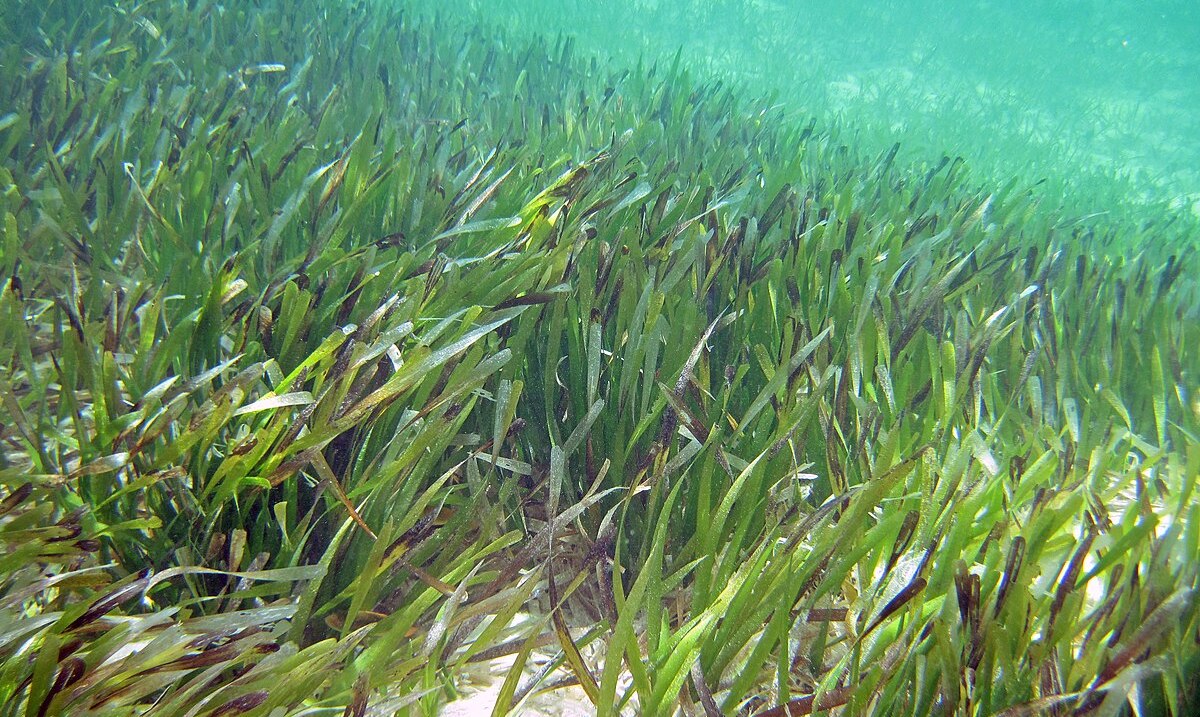
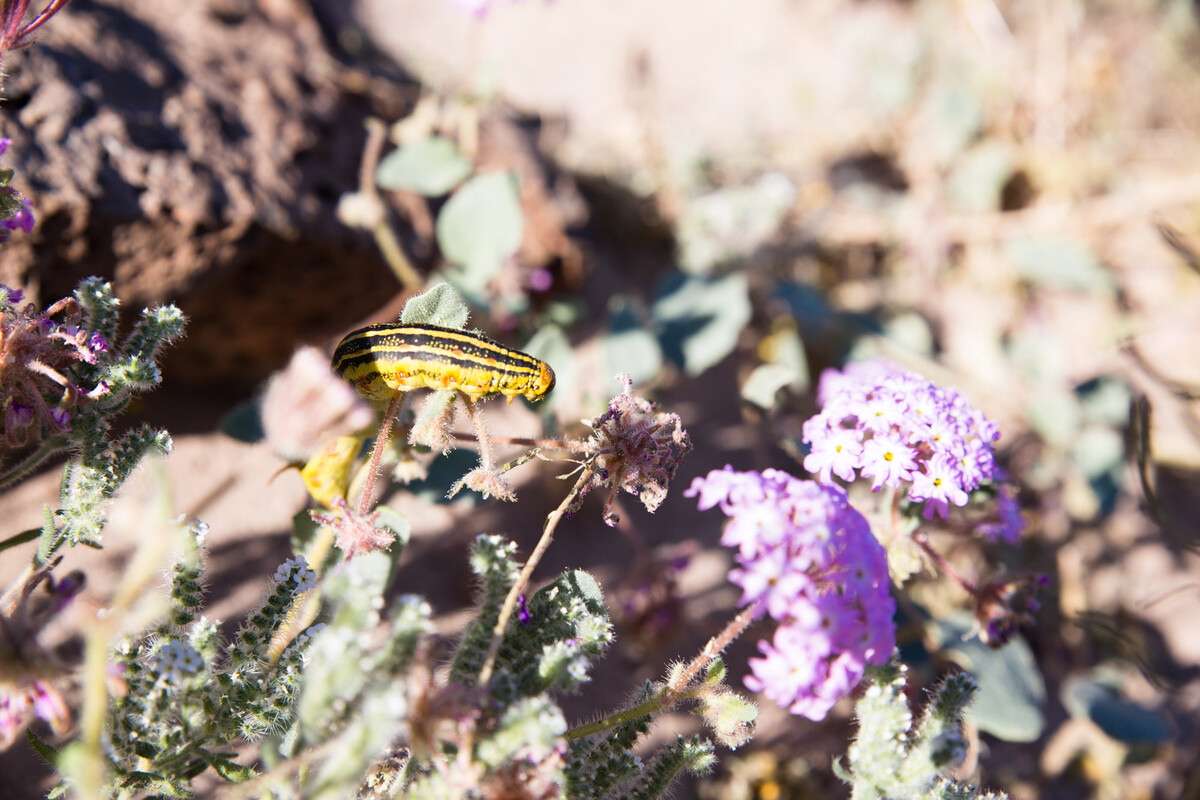
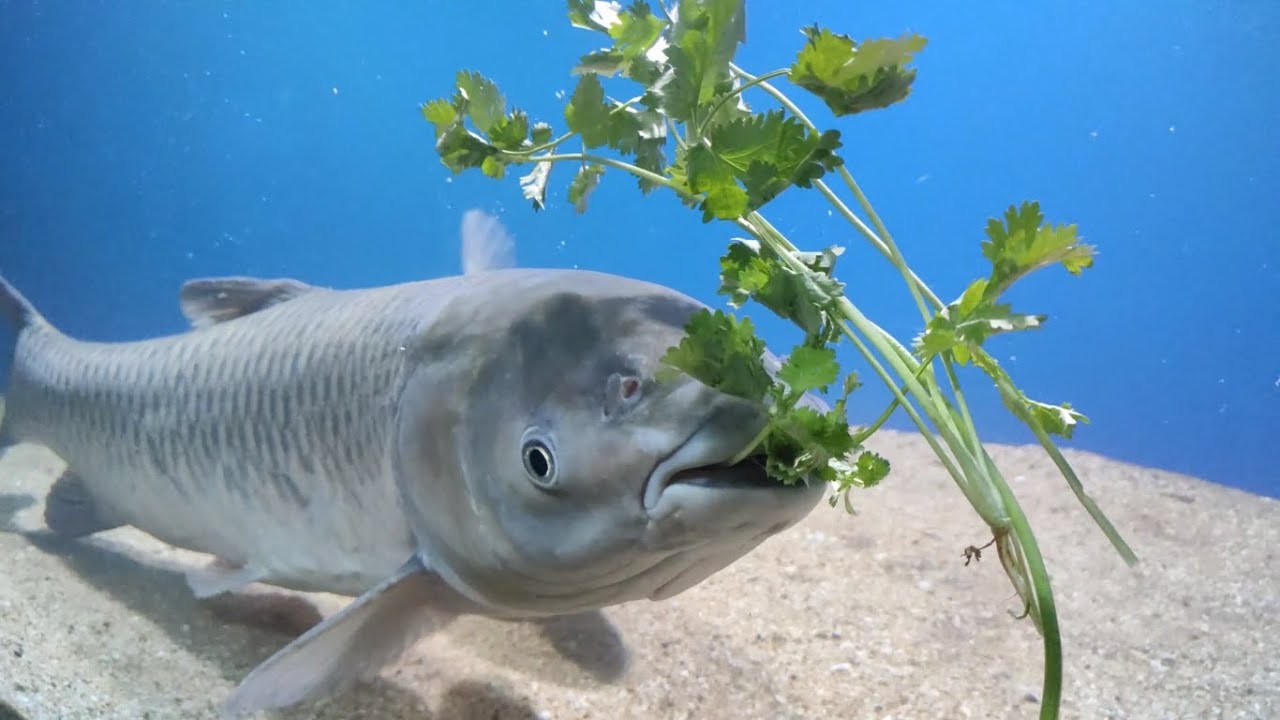

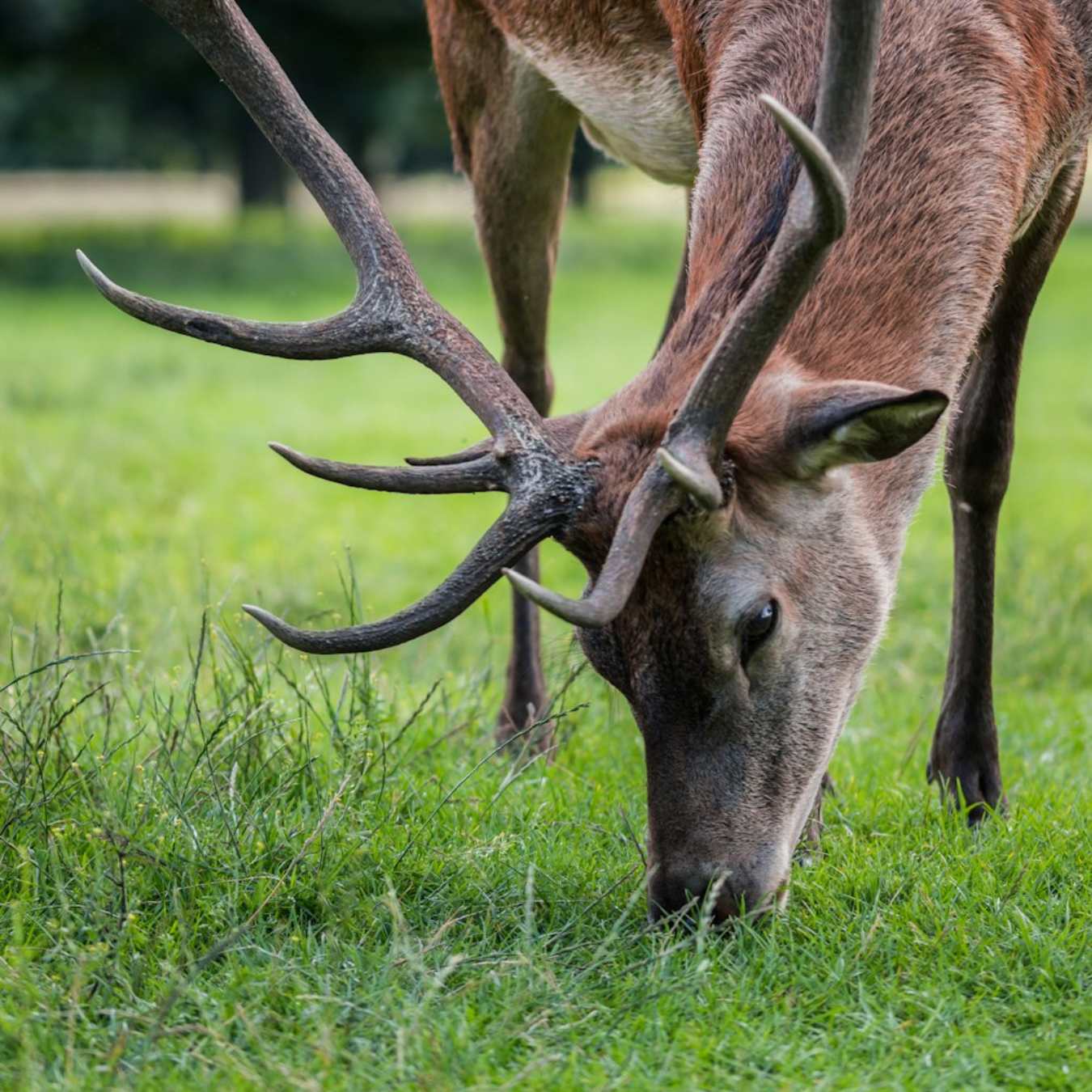
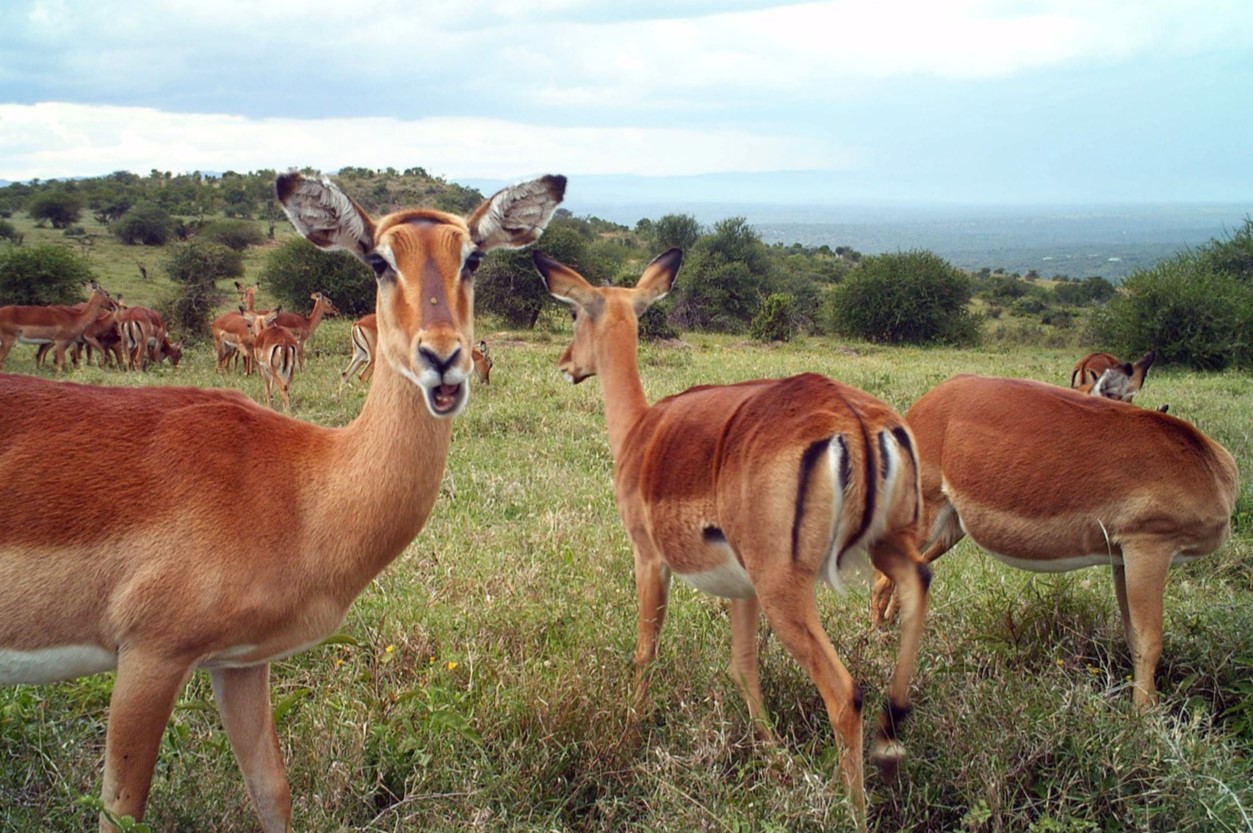
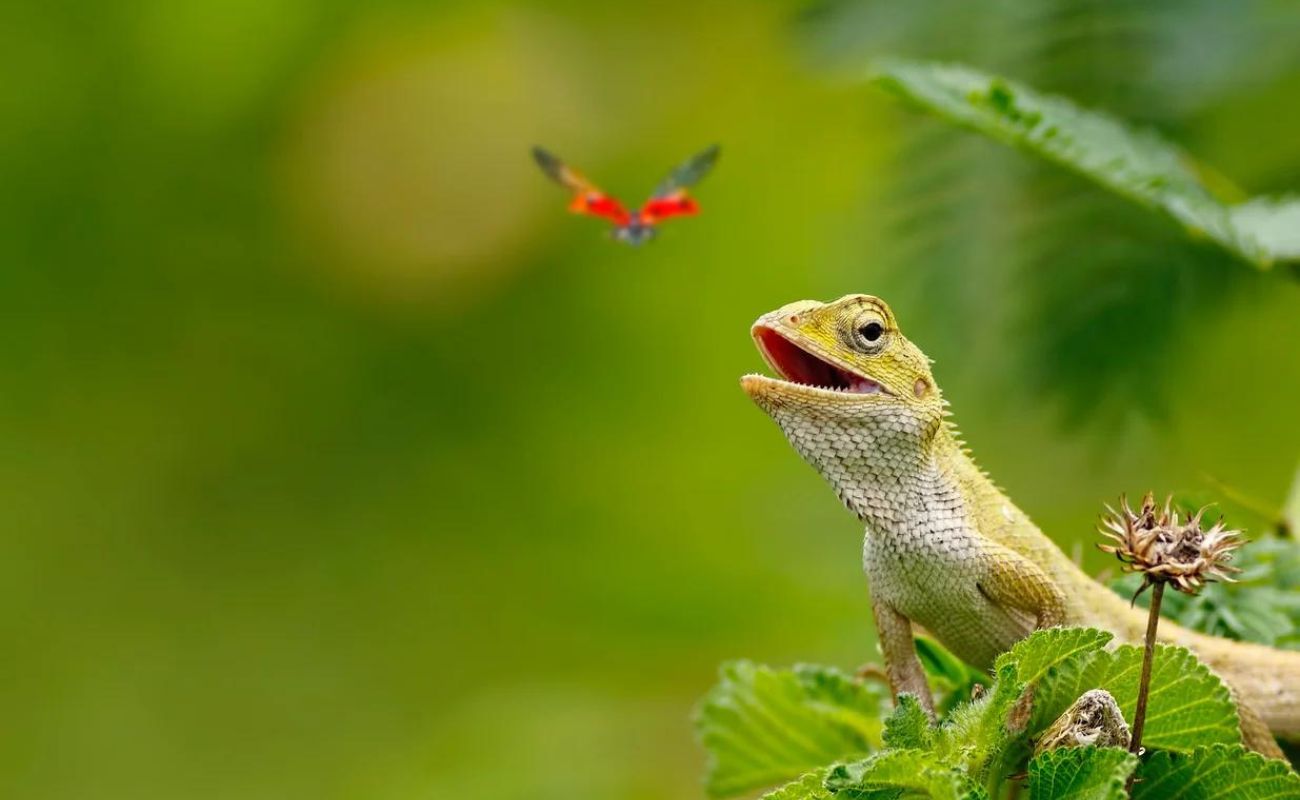
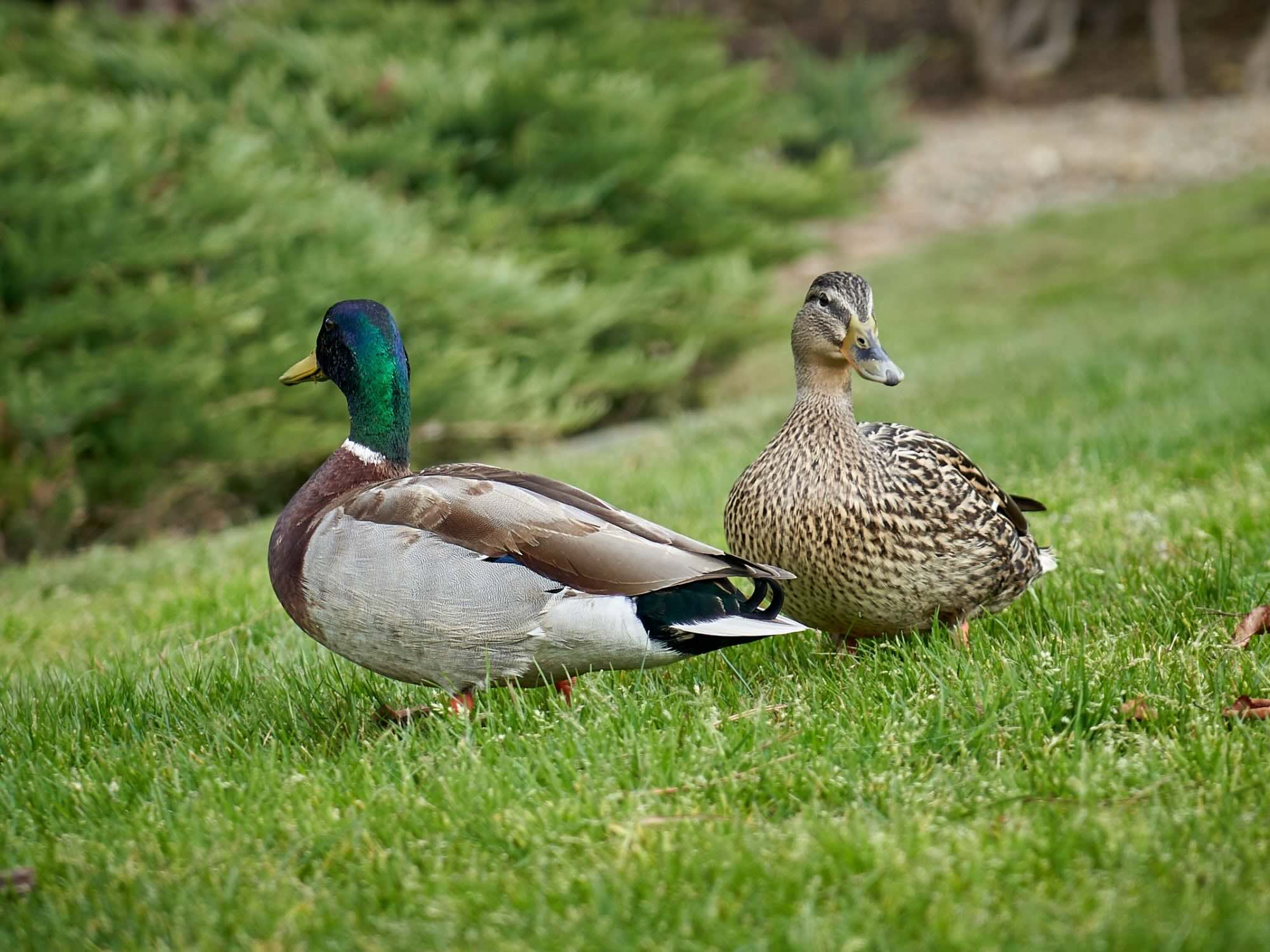
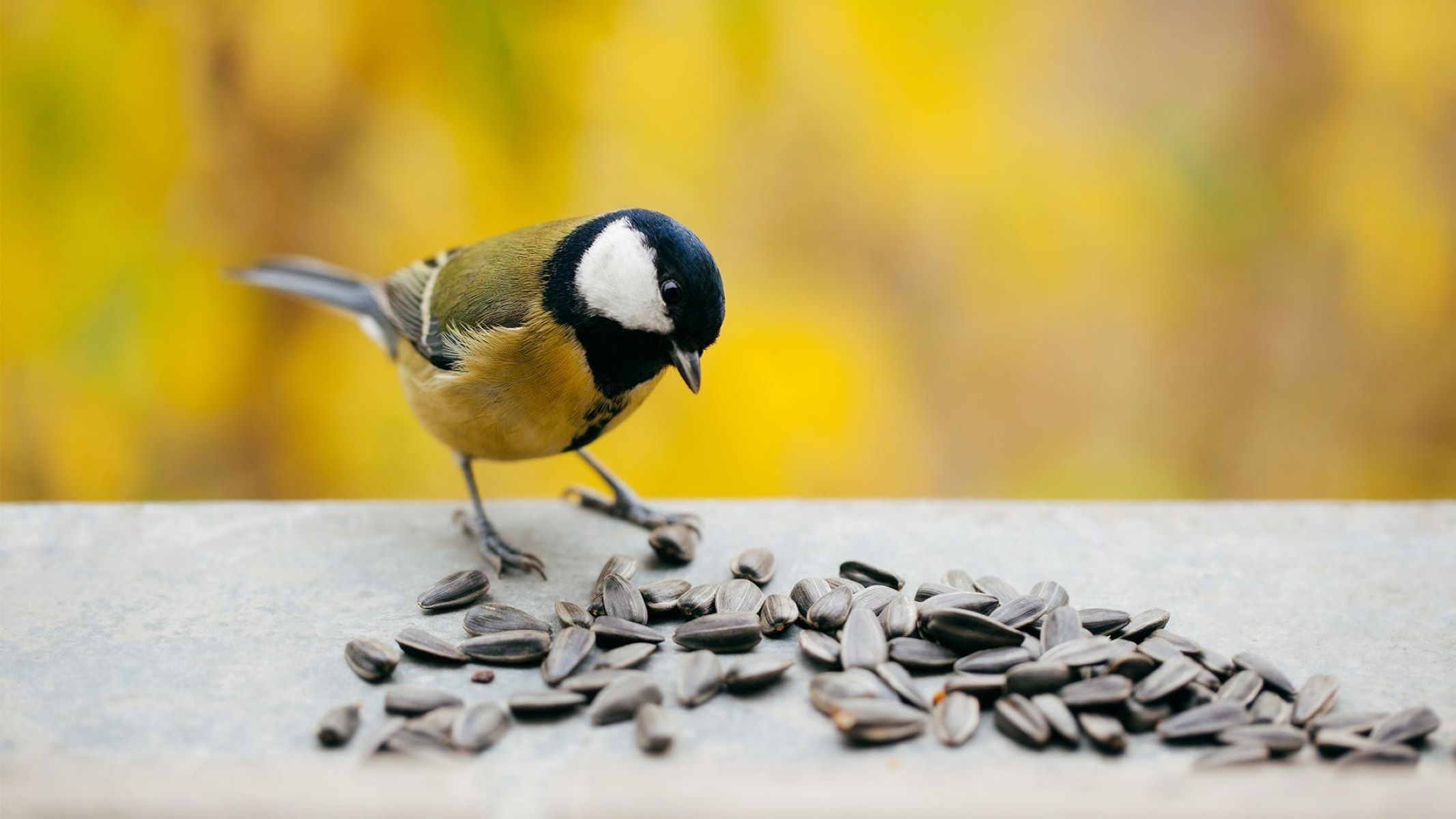
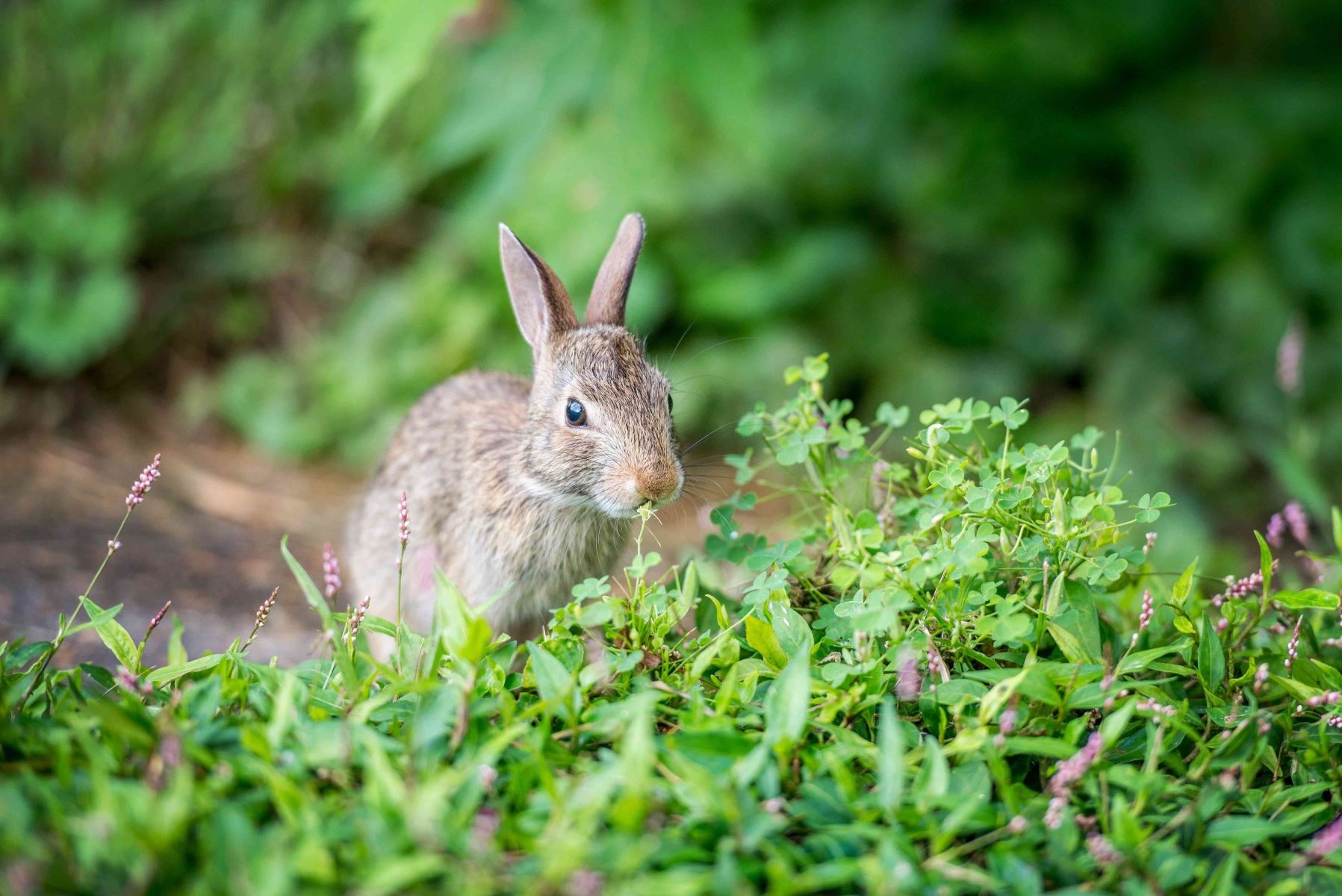
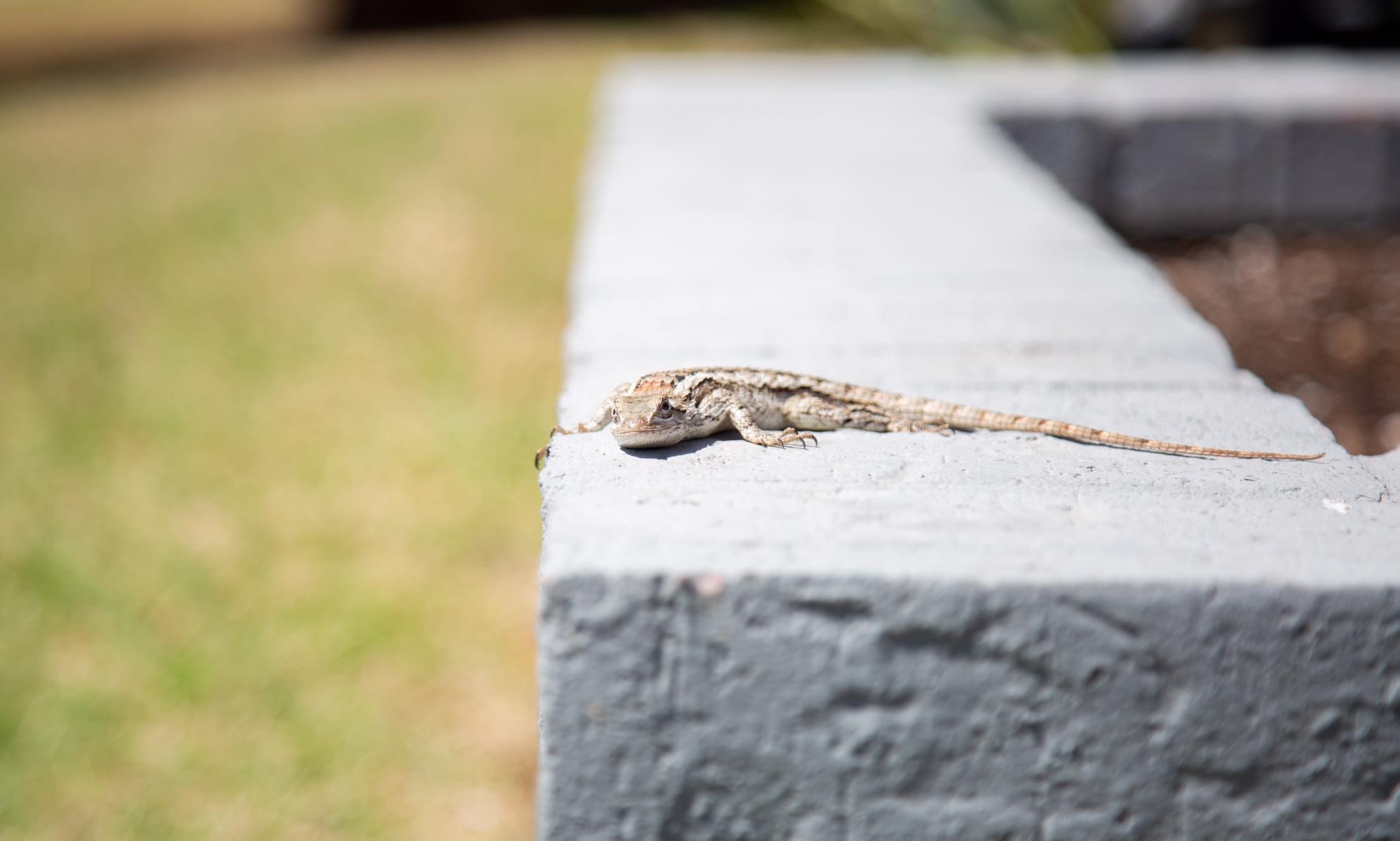
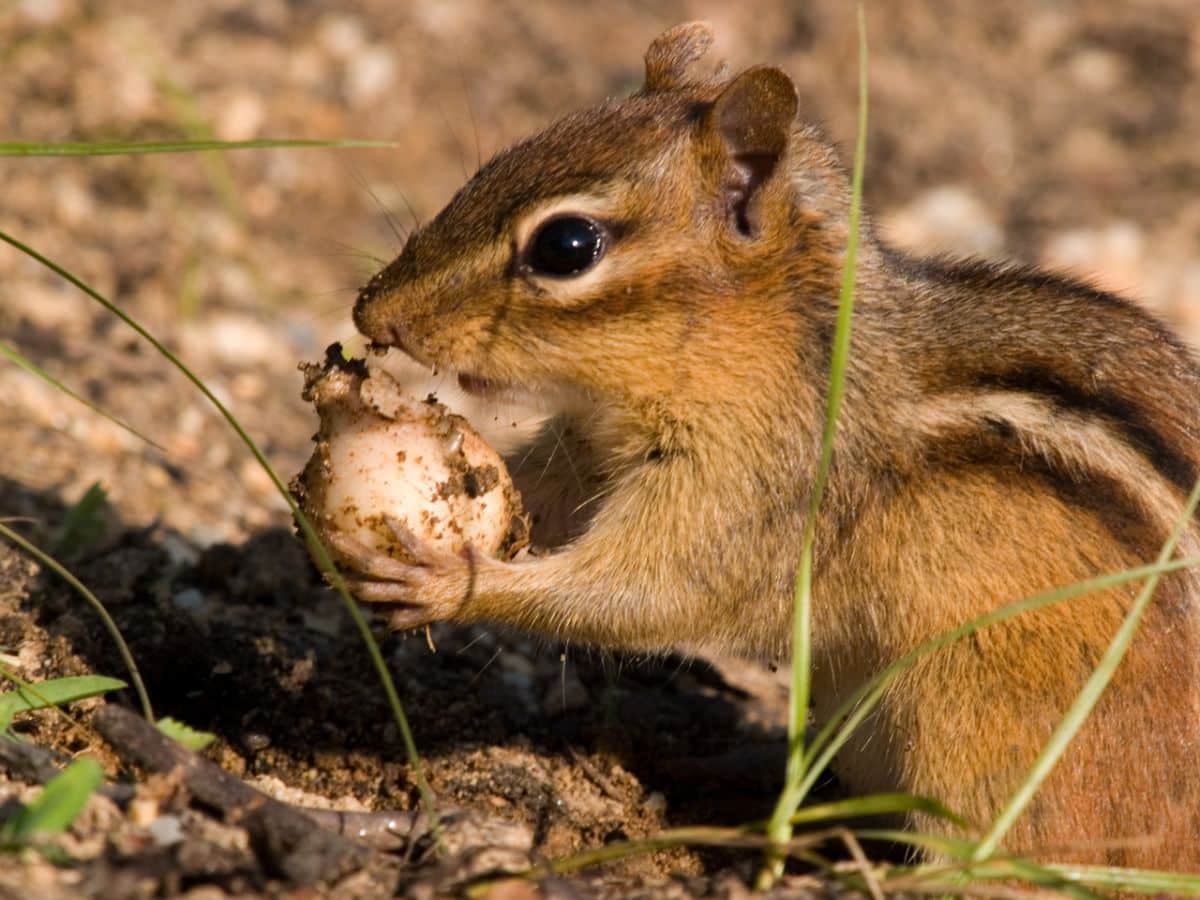


0 thoughts on “What Does Garden Lizards Eat”